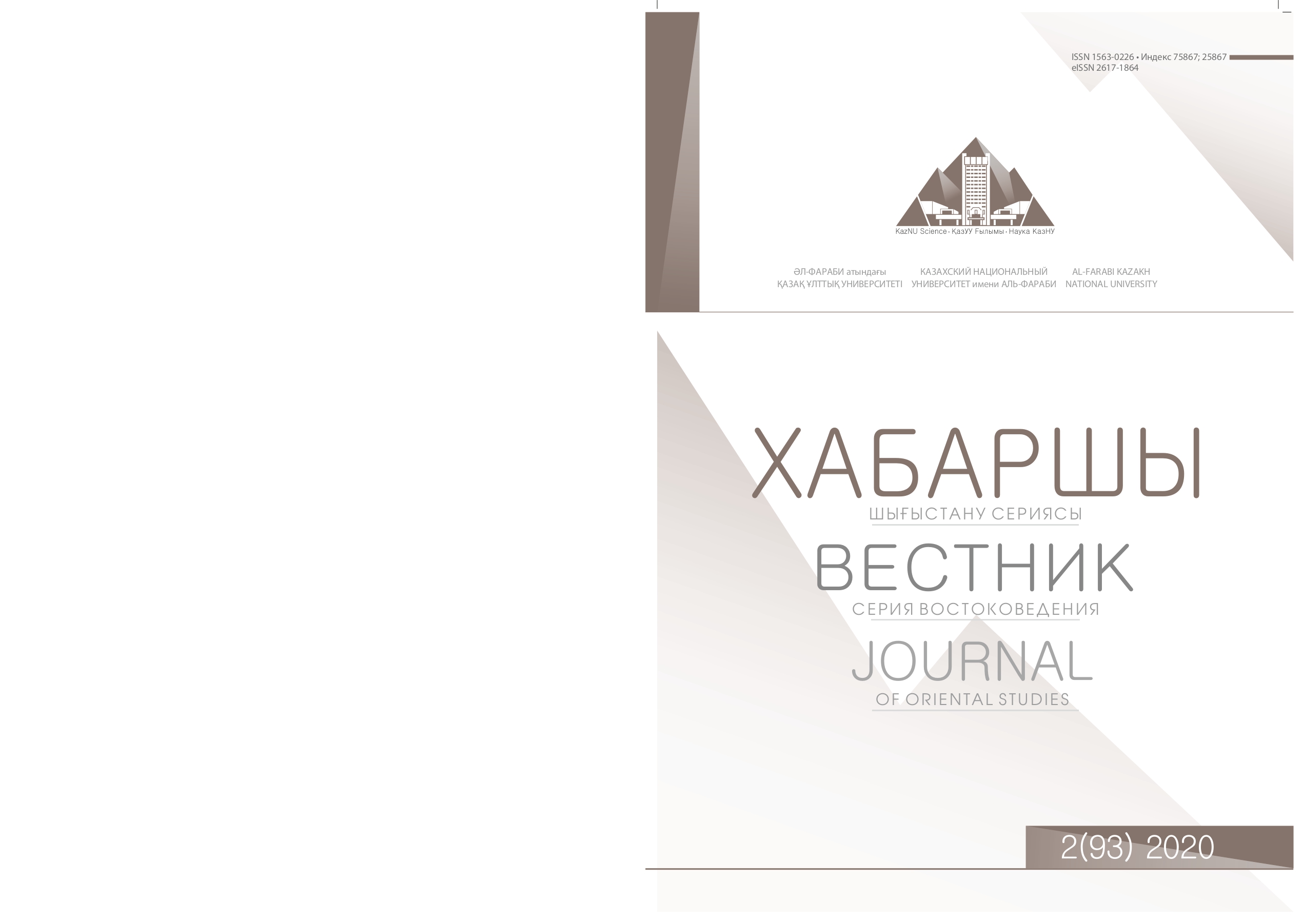Features of the translation of metaphors of Arabic political discourse
DOI:
https://doi.org/10.26577/JOS.2020.v93.i2.11Abstract
Metaphors play an important role in determining the discursive meaning of a political text. Although the hermeneutic significance of the metaphor is limited to political materials, the definition of its discourse depends on the experience of the translator. The relationship between political discourse and the translator is determined by the interpretation. Interpretation always takes into account subjectivity, especially since the connection of political discourse with ideology does not allow the translator to remain neutral. However, since translation is always performed at an intercultural level, the requirement to bring it as close as possible to the derived text demonstrates the professional skills and responsibility of the translator. The fact that translations in the Kazakh language are often the result of a secondary derivative process is often associated with a shortage of qualified translators who are fluent in both Kazakh and foreign languages. Researchers pay attention to many unresolved issues in the relationship “political discoursetranslator-ideology”. And in this regard, there are still a lot of translation problems faced by translators serving the Kazakh audience. The translation of metaphors used in political discourse is an urgent problem for translation into Kazakh. The article defines the functions of metaphors in political discourse, considers the features of the translation into Kazakh of metaphors used in speeches and addresses of Arab politicians and officials; analyzed the difficulties that the translator faces in preserving the national color of metaphors in translation. Key words: political discourse, interpretation, metaphor, translation methods.




